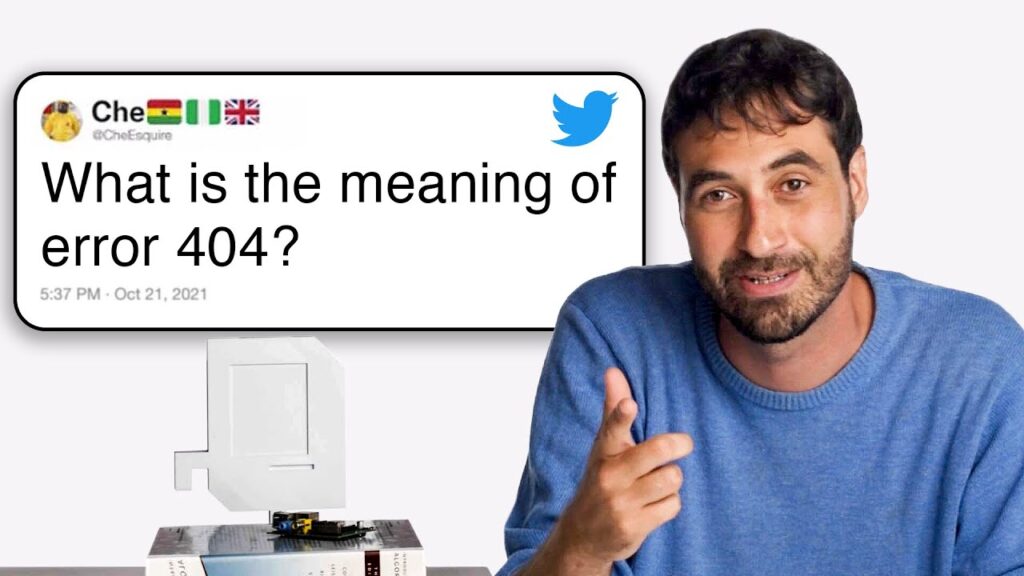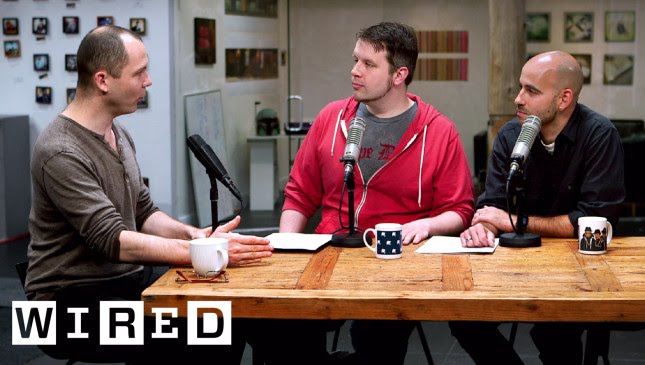Answering Common Medical Questions: A Conversation with Dr. J Maxx on Twitter
Summary
In this Q&A article, we explore a range of medical topics with Dr. J Maxx on Twitter. We focus on injuries, illnesses, and how to identify them, as well as the importance of seeking proper medical care. We discuss concussions, chronic traumatic encephalopathy (CTE), bone-setting, stitches, femur fractures, shin splints, defibrillators, and more.
Table of Contents
- Symptoms and risks of concussions and CTE
- The dangers of attempting to set bones at home
- How to know when stitches are necessary and what types of sutures are used
- The force required to break a femur and how it is repaired with an intramedullary rod
- The symptoms and causes of shin splints
- What a defibrillator is and how to use it in the case of a heart emergency
Introduction
Medical emergencies can happen at any time, and in this age of technology, resources such as social media can be invaluable. Twitter, for example, provides a platform where medical professionals such as Dr. J Maxx can engage with the public and answer common medical questions. In this article, we dive into some of the most frequently asked questions on Twitter and provide helpful answers to our readers.
Q&A
Symptoms and risks of concussions and CTE
Q: What are the symptoms and risks of concussions and CTE?
A: Concussions are a type of traumatic brain injury that can occur when the head is hit or experiences a sudden jolt. Symptoms of a concussion can include headache, dizziness, nausea, confusion, and memory loss. CTE is a degenerative brain disease that is associated with repeated head trauma. People who have experienced concussions or multiple head injuries are at risk of developing CTE. Symptoms of CTE can include memory loss, depression, aggression, and confusion.
The dangers of attempting to set bones at home
Q: Can I set a broken bone at home?
A: Attempting to set a broken bone at home can be very dangerous and is not recommended. It is important to see an orthopedic doctor who is trained to properly set and treat the injury. Trying to set the bone at home can cause further damage and may lead to long-term problems.
How to know when stitches are necessary and what types of sutures are used
Q: How do I know if I need stitches? What types of sutures are used?
A: Stitches are required to close wounds that are deep or have edges that won’t come together on their own. Stitches can help the wound heal more quickly and reduce the risk of infection. The type of suture used will depend on factors such as the size and location of the wound, as well as the surgeon’s preference. Common types of sutures include absorbable and non-absorbable stitches.
The force required to break a femur and how it is repaired with an intramedullary rod
Q: How much force does it take to break a femur? How is it repaired?
A: The femur is one of the strongest bones in the body and requires a significant amount of force to break. Typically, a femur fracture is caused by a high energy trauma such as a car accident or a fall from a great height. Treatment for a femur fracture involves the use of an intramedullary rod, which is inserted into the bone to stabilize and support it as it heals.
The symptoms and causes of shin splints
Q: What are shin splints and what causes them?
A: Shin splints are a common injury that affects runners and athletes. They are caused by repeated stress on the shinbone, resulting in inflammation and pain. Shin splints are typically caused by overuse or improper footwear, and can be prevented by properly stretching and wearing the right shoes.
What a defibrillator is and how to use it in the case of a heart emergency
Q: What is a defibrillator and how do you use it in the case of a heart emergency?
A: A defibrillator is a device that can help revive someone who has experienced a heart attack or other cardiac event. It works by delivering an electrical shock to the heart, restoring a normal rhythm. To use a defibrillator, you should follow the instructions provided with the device or seek guidance from medical professionals. It is important to note that defibrillators should only be used by someone who has received proper training.
Conclusion
In conclusion, social media provides an excellent platform to engage with medical professionals such as Dr. J Maxx on Twitter to learn more about common medical questions. By understanding the symptoms and risks of injuries and illnesses, as well as the importance of seeking proper medical care, we can stay healthier and safer. Remember, it’s important to seek professional medical help in any situation instead of attempting to self-treat or diagnose.







